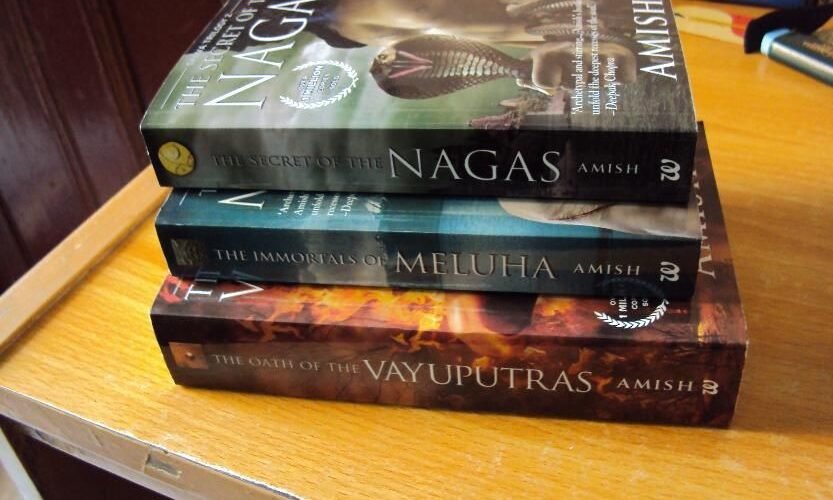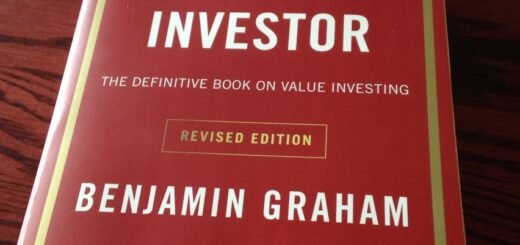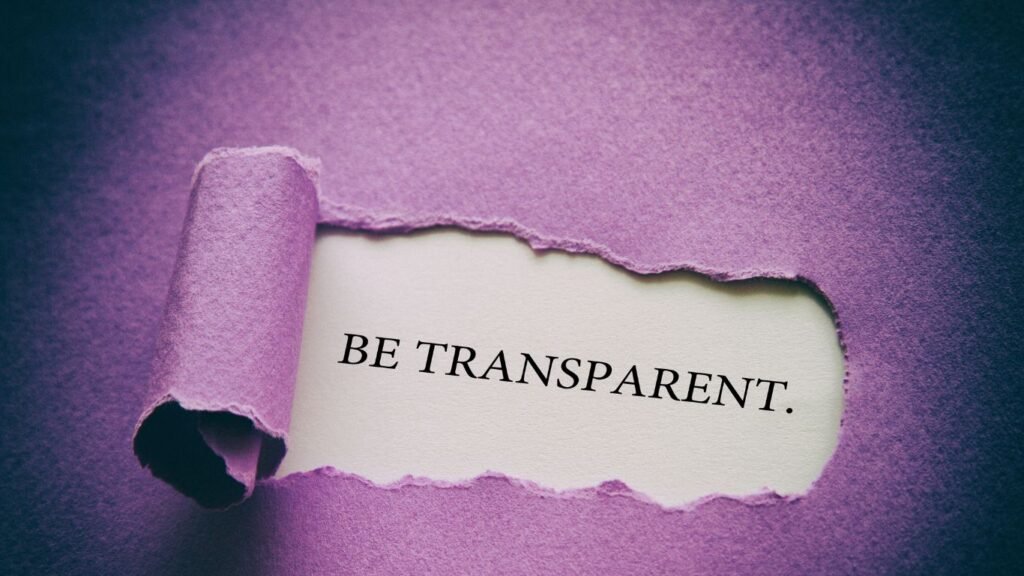Indian Mythology Books: Modern Retellings Reviewed

Indian mythology has always pulsed with gods, demons, kings, and queens whose stories shaped centuries of cultural values and imagination. But today’s readers crave more than devotional tales or high fantasy epics. They demand reinterpretations—myths reframed through contemporary lenses, where Draupadi challenges patriarchy, Ravana defends his truth, and Sita rises as a warrior. Modern authors have stepped up to meet that demand, offering powerful retellings that blend tradition with rebellion.
These books do not just narrate myth—they question it, reinterpret it, and breathe modern emotion into ancient frames. Let’s explore the most celebrated modern retellings of Indian mythology, what they offer in 2025, and why they continue to captivate readers worldwide.
The Rise of Retellings: Why They Matter Today
Modern retellings serve a deeper purpose than mere entertainment. They humanize mythological characters, correct historical silences, and offer cultural introspection. By shifting the narrative lens—say, from Krishna to Karna or from Rama to Kaikeyi—these books challenge moral binaries and rewire reader sympathies. Retellings empower marginalized voices, invite empathy for villains, and elevate forgotten figures from the footnotes of scripture to the center of the story.
In a world grappling with identity, gender, caste, and justice, these books feel relevant. They echo today’s debates while honoring yesterday’s heritage.
Timeless Pillars: The Classics of Modern Myth
The Palace of Illusions by Chitra Banerjee Divakaruni
Divakaruni placed Draupadi at the heart of the Mahabharata. She portrayed her not just as a queen or a pawn in a divine game, but as a woman of fierce intellect, vulnerability, and inner conflict. This novel broke new ground in feminist mythological fiction. Even in 2025, readers rank it among the most influential books in this genre. Divakaruni gave voice to Draupadi’s rage, love, and regret—emotions absent in traditional texts.
The Shiva Trilogy and Ram Chandra Series by Amish Tripathi
Amish turned mythological storytelling into blockbuster publishing. In his Shiva Trilogy, he portrayed Lord Shiva as a tribal leader who earned his godhood through action and ethics. The Ram Chandra Series gave agency to Sita, presented Raavan as a brilliant yet broken man, and examined dharma through different prisms. Readers embraced these fast-paced, cinematic books, which combined spiritual philosophy with epic world-building. In 2025, Tripathi’s books still dominate bestseller lists and shape discussions around accessible mythology.
Flipping the Narrative: Myths from the Other Side
Asura: Tale of the Vanquished by Anand Neelakantan
Neelakantan’s daring retelling of the Ramayana through Ravana’s eyes shook traditional interpretations. He portrayed Ravana as a complex character—flawed, idealistic, and human. The book questioned the black-and-white morality of divine wars and offered an earthy, political angle on ancient tales. This book ignited debates and became a blueprint for empathetic villain retellings.
Ajaya Series by Anand Neelakantan
In the Ajaya series, Neelakantan told the Mahabharata through Duryodhana’s voice. He stripped away divinity, spotlighted caste dynamics, and examined how history often misjudges its villains. Readers praised the books for making them rethink their moral certainties.
Forgotten Women, Fierce Voices
Kaikeyi by Vaishnavi Patel
Patel gave voice to the most misunderstood mother in Indian mythology—Kaikeyi. Far from a scheming queen, her version of Kaikeyi stood as a principled, strategic woman who tried to carve her space in a patriarchal royal court. Readers celebrated the book for its emotional depth and feminist clarity. It became one of the most discussed myth retellings of recent years, especially among younger audiences.
Song of Draupadi by Ira Mukhoty
Mukhoty, known for her historical non-fiction, brought a raw and poetic voice to Draupadi’s journey. She emphasized the emotional toll of destiny, duty, and desire. In this retelling, Draupadi questioned everything—her marriages, her role, her gods. Readers found Mukhoty’s writing deeply reflective and relevant, especially in today’s conversations around gender and agency.
Lanka’s Princess by Kavita Kané
Kané focused on Mandodari, Ravana’s queen. Through her perspective, the story of Lanka unfolded with fresh complexity. The novel explored themes of love, betrayal, and power, all while amplifying a woman’s voice buried in traditional epics. Kané carved a niche for herself as a writer who reclaims the lost women of mythology.
Celebrating the Regional: Folk Myths Reimagined
Dakshin: South Indian Myths and Fables Retold by Nitin Kushalappa
Kushalappa dived deep into the oral traditions of southern India and brought them to the mainstream. He chose 15 folk tales—previously passed down in temples, forests, and festivals—and reimagined them in vivid prose. The book received national acclaim and won a children’s literature award in 2025. It reminded readers that mythology doesn’t begin and end with the Ramayana or Mahabharata. It thrives in villages, rituals, and songs.
Fresh Arrivals in 2025
Satyaki: Dwapar Ka Ajey Yodha by Dushyant Pratap Singh
Singh focused on a lesser-known Pandava ally—Satyaki. Most texts mention him only in passing, but Singh created a first-person account that breathed life into his battles, dilemmas, and loyalty. The book resonated with readers who seek stories beyond the usual gods and heroes.
Saraswati by Gurnaik Johal
Johal crafted a contemporary story intertwined with myth. The novel explored the symbolic loss and rebirth of the Saraswati River, tying it to generational trauma, climate change, and spiritual reclamation. Though it leaned more toward literary fiction than pure mythology, critics hailed it as a mythic panorama of modern India.
Mythology for the Young
Anya’s Quest by Jasbinder Bilan and Jane Ray
Bilan and Ray created a magical eco-fable centered on a young girl’s journey in the Himalayas. They wove in Hindu deities, nature spirits, and traditional beliefs with lush illustrations. The book gained praise from educators, parents, and literary reviewers for introducing mythology to children without preaching or oversimplifying.
Current Trends in Mythological Fiction
Shift Toward Inclusivity
Authors now choose to highlight characters traditionally ignored—Mandodari, Satyaki, Shambuka, Surpanakha. These characters bring nuance, open historical blind spots, and deepen the emotional layers of mythology.
Feminist Reimaginings Lead the Market
Books like Kaikeyi, The Palace of Illusions, and Song of Draupadi continue to resonate because they align ancient tales with present-day battles for gender equality. These books do not merely “empower” their protagonists—they let them rage, grieve, fight, and love.
Regional and Ecological Mythology Gaining Ground
Authors now venture beyond Sanskrit epics. They explore tribal myths, ecological symbolism, and spiritual philosophies rooted in regional traditions. Readers show a growing appetite for these stories, which offer a broader cultural landscape.
Conclusion
Modern Indian mythological retellings thrive because they evolve. They offer not just nostalgic reverence but sharp questions. These books let readers see Ravana as a dreamer, Sita as a warrior, and Kaikeyi as a strategist. They unearth voices from beneath grand narratives and speak to the wounds and wonders of our present time.
As of 2025, Indian mythology fiction has grown more diverse, daring, and dynamic than ever. From national bestsellers to award-winning regional retellings, the genre reflects India’s enduring hunger to understand its gods and demons—not as divine beings, but as reflections of itself. And in that mirror, readers continue to find relevance, revelation, and resistance.













